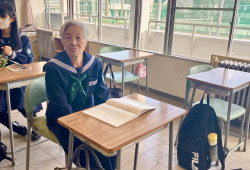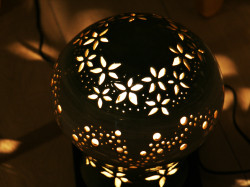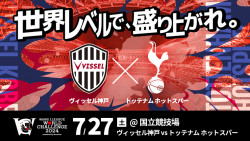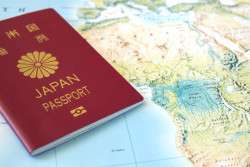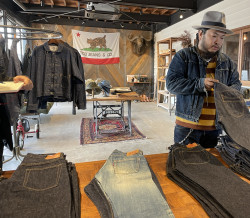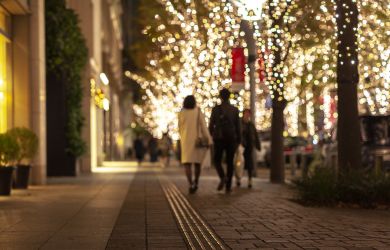
Originally published on metropolis.co.jp on December 2013

It’s hard to say what makes a great photographer, but it’s easy to see. A visit to the “Josef Koudelka Retrospective” at the Museum of Modern Art Tokyo will instantly demonstrate this.
Based on a 2002 exhibition held in the photographer’s native Czech Republic, the show covers Koudelka’s work from his early days in Communist Czechoslovakia to the infamous 1968 Prague Spring—when troops from the Soviet Union crushed a popular uprising—and then beyond to the work the photographer did in exile in the West.
Since it follows his life story, the emotional highpoints of the exhibition are the shots he took of demonstrations and military action on the streets of Prague. This was the Tiananmen Square of its day and like that event it created many iconic moments—such as the shot of two young demonstrators walking down a battle-scarred street, jointly holding a Czech flag aloft.
Although this is the poignant centre of the exhibition, with photographs that capture the drama and emotion of the times, these works are less expressive of Koudelka’s true artistry. This is much more evident in his early works, where he sets figures in ominous looking landscapes and uses strong monochrome contrasts.
These images have a feeling of alienation and evoke a sense of the contradictions of the 20th century. Poland 1958 shows a tangle of rusty barbed wire emerging from a beach, with the legs of child playing nearby. This contrasts the war and violence that had raged there within recent memory with the innocent pleasures of the would-be “Workers Paradise” that nevertheless had to rely on totalitarian methods to maintain power.
His fascination with contrasts fed into his most experimental work: The photos he took connected to the theatre. These include arty designs using extreme contrast, as well as grainy shots of avant-garde plays.
More fascinating is his “Gypsies” series. In the EU, the movements of the Roma people from Bulgaria and Romania are now big news, so it is interesting to see Koudalka’s intimate take on this mysterious race of Indian-descended people, who have long played the role of awkward outsider in European history.
In the shots, taken mainly from 1962 to 1970, Koudelka seems to have established a real rapport with them. His shots convey their humanity, sense of community and even flashes of humour, but there is also plenty of squalor and a wizened toughness about his subjects that could easily have an uglier face with a less sympathetic photographer.
The Gypsies are perpetual exiles, and after the crushing of the Prague Spring in 1968, so was Josef Koudelka—living first in the UK and then France—but Koudelka also felt that modern man was a kind of “exile,” living a life alienated from natural reality. The section “Exiles” (1970-1994) elevates his personal experience to that of a universal statement.
The photographs show odd scenes and snippets of reality—a confused child, a dog in the snow, men pissing in an alley, a watch on a hand—all poetically evocative of a world that doesn’t quite fit humanity but that remains beautiful nonetheless.
Museum of Modern Art, Tokyo, until January 13.
